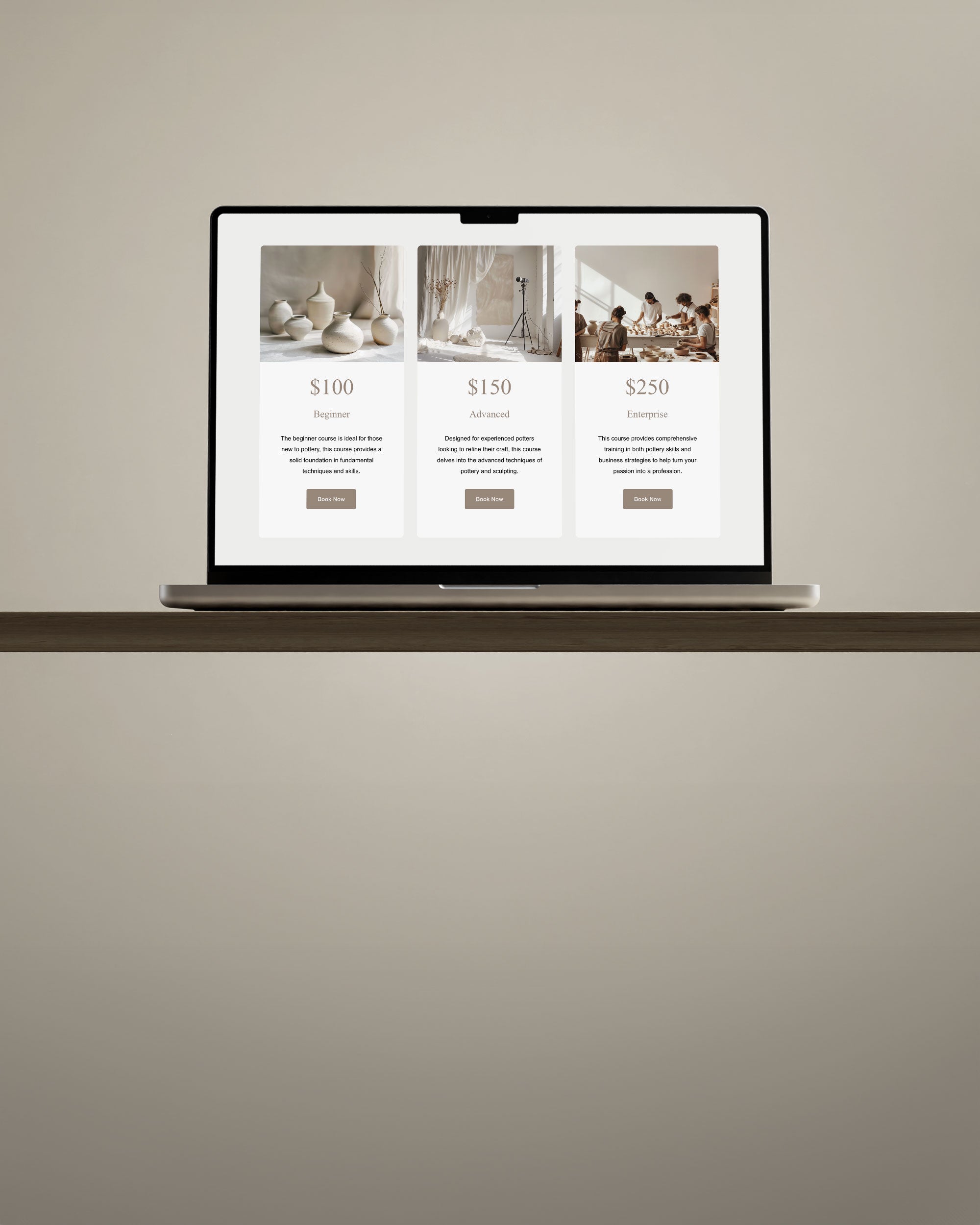Understanding how pages function in Adobe InDesign is crucial for crafting visually stunning and organized documents, be it magazines, books, or brochures. Pages provide structure and flow to your designs. Understanding how to manage your pages within a template will elevate your creations to new heights.
In this blog post, we'll explore the basics of managing pages in Adobe InDesign. From opening the Pages panel to mastering techniques like rearranging and duplicating, we'll provide easy-to-follow tips for enhancing your designs. Stay tuned to learn mastering page management.
Table of Contents
- How to Open the Pages Panel in Adobe InDesign
- The Pages Panel: A Quick Overview in Adobe InDesign
- How to Rearrange Pages or Spreads in Adobe InDesign
- How to Duplicate Pages or Spreads
- How to Link Text Blocks on Consecutive Pages in Adobe InDesign
- Delete Pages or Spreads in Adobe InDesign
- FAQs
How to Open the Pages Panel in Adobe InDesign
- Launch Adobe InDesign and open your document or create a new one.
- Navigate to the top menu and click on "Window."
- From the drop-down menu, select "Pages." This action will open the Pages panel, which is your gateway to managing pages and spreads within your document.
The Pages Panel: A Quick Overview in Adobe InDesign
The Pages panel is a powerful tool that allows you to manipulate, organize, and visualize the structure of your document effortlessly. Here's a quick rundown of its key features:
- Page Thumbnails: Each page or spread is represented by a thumbnail, making it easy to identify and navigate through your document.
- Navigation Options: You can scroll through pages, zoom in/out, and toggle between single pages and spreads.
- Page Management: From rearranging pages to duplicating and deleting spreads, the Pages panel provides a centralized hub for all your page-related tasks.
- Lower Icons/Buttons: the buttons in the lower right corner allow you to resize, create new and delete pages.
- Control Panel/Top Right Burger Icon: Clicking the burger icon will reveal the control panel with all sorts of advanced pages settings, like inserting pages from other documents, creating alternative layouts and page attributes. You can also access all these options by right clicking a page in the Page Panel.

Whether you're aiming for a physical publication or digital distribution, our collection of magazine and lookbook templates arefully adaptable to your needs. Customize, add, duplicate, and delete pages effortlessly with Adobe InDesign, giving you complete control over your design. Each template includes IDML-files, bleeds, paragraph styles, separate layers, a baseline grid and links to free fonts, ensuring a seamless design process from start to finish. View all magazine and lookbooks here.
How to Rearrange Pages or Spreads in Adobe InDesign
- Open the Pages panel as outlined in the previous section.
- To rearrange pages within a spread, simply click and drag the page thumbnail to your desired position. InDesign automatically adjusts the layout accordingly.
- For moving pages between spreads or reordering spreads themselves, drag the thumbnails to the desired location within the panel. InDesign will reshuffle the pages/spreads accordingly.
How to Duplicate Pages or Spreads
- In the Pages panel, select the page or spread you wish to duplicate.
- Click on the Pages panel menu/burger icon (located at the top-right corner of the panel). Alternatively: right click the thumbnails with a mouse.
- Choose "Duplicate Page" or "Duplicate Spread" from the dropdown menu, depending on your preference. InDesign will create a copy of the selected page/spread, preserving its content and layout.
How to Link Text Blocks on Consecutive Pages in Adobe InDesign
- Create text frames containing your content on consecutive pages.
- Select the text frame on the first page.
- With the Selection tool, click on the small square icon at the bottom-right corner of the text frame.
- Click on the text frame on the subsequent page where you want the text to continue. InDesign will automatically link the two text frames, allowing your text to flow seamlessly across pages.

Looking to take your design projects to the next level? Introducing our book template category. A collection filled with elegant multipurpose book templates, perfect for authors, publishers, and designers alike. With professionally designed pages and available in multiple popular book sizes, these templates are your key to creating stunning print-ready books. View the collection here.
Delete Pages or Spreads in Adobe InDesign
- In the Pages panel, select the page(s) or spread(s) you want to delete.
- Click on the trash can icon in the lower right corner and confirm the deletion when prompted.
Understanding the intricacies of page management in Adobe InDesign opens up a world of creative possibilities, allowing you to craft visually captivating publications with ease. Experiment with these techniques to unleash your design prowess and bring your ideas to fruition. If you're interested in reading more Adobe InDesign tips, read our full guide to edit an InDesign template in ten steps here.
FAQs
Q: Can I customize the size of individual pages within a document?
A: Yes, you can define different page sizes for pages within a single document using the Page resize tool in the lower right corner of the Page Panel. Select the page you'd like to resize, click the resize icon in the lower right corner of the Page Panel and choose from the given options or select 'Custom' to set a custom height and width.Q: How do I hide a spread from export options?
A: Simply select the spread you want to hide in the Pages panel, right click the selected page and choose "Hide Spread" from the panel menu.Q: Is it possible to rotate the spread view?
A: Yes, you can rotate the spread view for specialized layouts like calendars or tables using the "Rotate Spread" option under the 'View' menu in the top bar.



